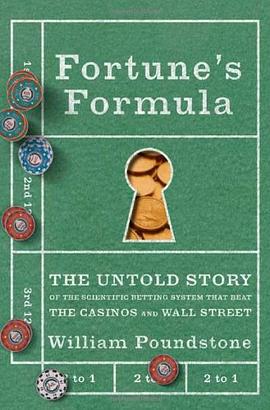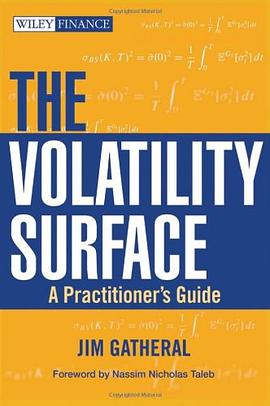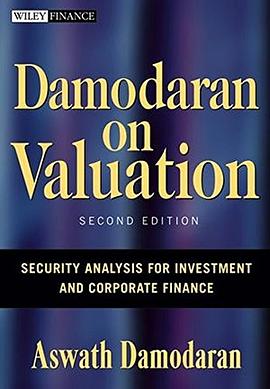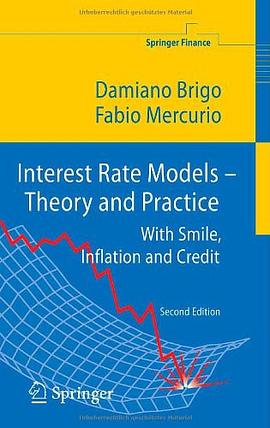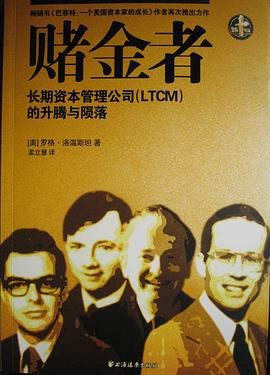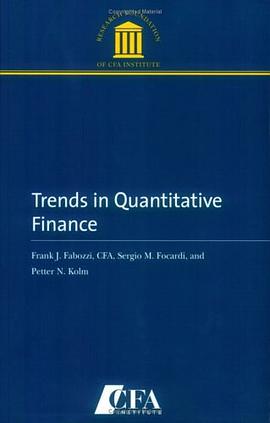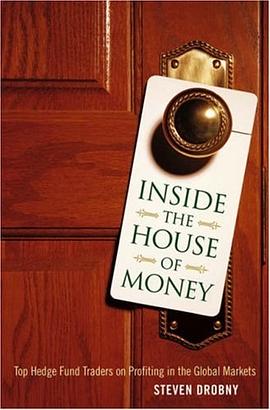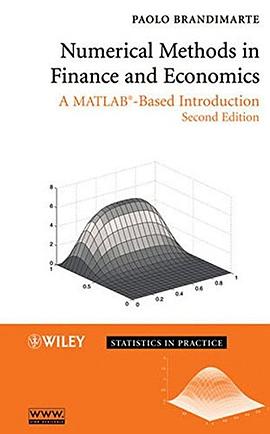

A state-of-the-art introduction to the powerful mathematical and statistical tools used in the field of finance
The use of mathematical models and numerical techniques is a practice employed by a growing number of applied mathematicians working on applications in finance. Reflecting this development, Numerical Methods in Finance and Economics: A MATLAB?-Based Introduction, Second Edition bridges the gap between financial theory and computational practice while showing readers how to utilize MATLAB?--the powerful numerical computing environment--for financial applications.
The author provides an essential foundation in finance and numerical analysis in addition to background material for students from both engineering and economics perspectives. A wide range of topics is covered, including standard numerical analysis methods, Monte Carlo methods to simulate systems affected by significant uncertainty, and optimization methods to find an optimal set of decisions.
Among this book's most outstanding features is the integration of MATLAB?, which helps students and practitioners solve relevant problems in finance, such as portfolio management and derivatives pricing. This tutorial is useful in connecting theory with practice in the application of classical numerical methods and advanced methods, while illustrating underlying algorithmic concepts in concrete terms.
Newly featured in the Second Edition:
* In-depth treatment of Monte Carlo methods with due attention paid to variance reduction strategies
* New appendix on AMPL in order to better illustrate the optimization models in Chapters 11 and 12
* New chapter on binomial and trinomial lattices
* Additional treatment of partial differential equations with two space dimensions
* Expanded treatment within the chapter on financial theory to provide a more thorough background for engineers not familiar with finance
* New coverage of advanced optimization methods and applications later in the text
Numerical Methods in Finance and Economics: A MATLAB?-Based Introduction, Second Edition presents basic treatments and more specialized literature, and it also uses algebraic languages, such as AMPL, to connect the pencil-and-paper statement of an optimization model with its solution by a software library. Offering computational practice in both financial engineering and economics fields, this book equips practitioners with the necessary techniques to measure and manage risk.
具體描述
讀後感
評分
評分
評分
評分
用戶評價
本科金融數值計算教材,數值方法包括解方程 方程組,最優化問題寫的還是不錯的,隻可惜當時沒有認真讀這部分。還有一部分是專注於期權的數值解,兩大方法 濛特卡洛模擬和有限差分,這部分寫的挺不錯的。建議想細研究濛特卡洛模擬的可以在讀完這本書後去讀 monte carlo methods in financial engineering這本書,裏麵會有更詳細的講解。
评分沒有全部讀完,但是作為一個木有任何計算機語言基礎的無知娃娃來說,這本書講解的很清晰,完全可以理解!
评分前一秒“似曾相識”,後一秒“一竅不通”,NE求過,善哉善哉!
评分how to be a quant
评分實在是一本好書。
相關圖書
本站所有內容均為互聯網搜索引擎提供的公開搜索信息,本站不存儲任何數據與內容,任何內容與數據均與本站無關,如有需要請聯繫相關搜索引擎包括但不限於百度,google,bing,sogou 等
© 2025 qciss.net All Rights Reserved. 小哈圖書下載中心 版权所有











